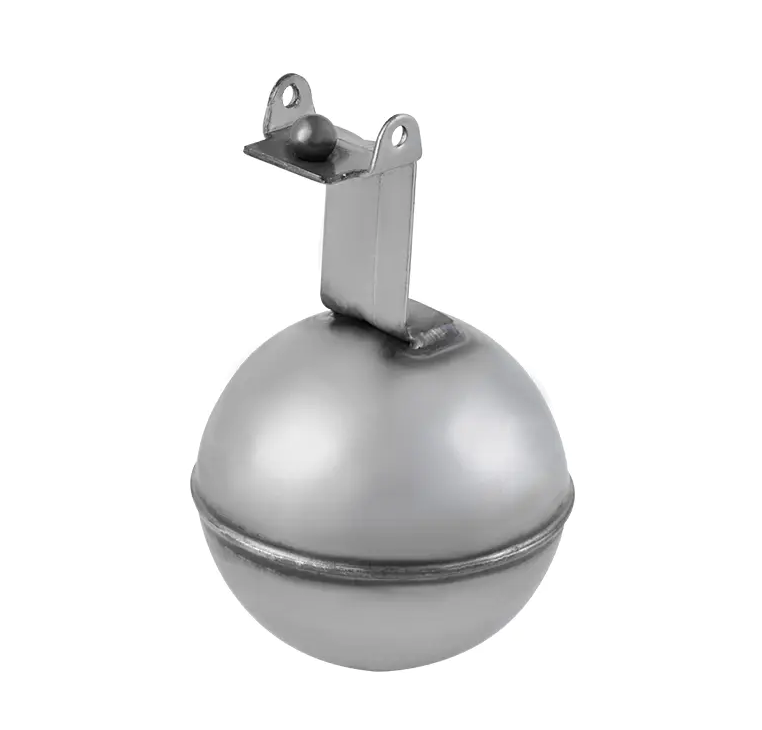Introduction to Float Ball Buoyancy
A Stainless Steel Float Ball is a widely used component in liquid level control, valves, and monitoring systems. Its primary function relies on buoyancy—the upward force exerted by the liquid—to float and actuate valves or sensors. The ability to adjust buoyancy according to the liquid’s density is critical for ensuring precise operation in different fluids. Fluids vary significantly in density, viscosity, and chemical composition, so a float ball must be designed to maintain stability and responsiveness across these variations.
Factors Affecting Buoyancy
The buoyancy of a float ball depends on the volume of liquid displaced relative to the weight of the ball itself. Stainless steel, being denser than many plastics, requires careful design to achieve sufficient buoyant force. When used in liquids with lower density, the ball may sink or respond sluggishly. Conversely, in high-density liquids, it may float excessively, affecting system accuracy. By understanding the interplay between liquid density, float ball mass, and volume, engineers can design a float ball that performs reliably under specific operational conditions.
Design Strategies for Adjustable Buoyancy
Several strategies can be applied to adjust the buoyancy of a Stainless Steel Float Ball. One approach involves incorporating hollow cavities within the ball, which can be filled with air or other lightweight materials to reduce overall density. Some designs allow for variable filling materials, enabling fine-tuning of buoyancy based on the target fluid. Additionally, altering the ball’s size or wall thickness can also influence displacement and floating behavior. These design considerations make it possible to achieve consistent actuation and precise liquid level control across a variety of fluid densities.
Integration with Liquid Level Systems
Properly adjusted buoyancy ensures that the float ball can operate accurately with valves and liquid level controllers. If the buoyancy is too low, the ball may fail to lift the mechanism, causing inaccurate readings or incomplete valve actuation. If it is too high, the ball may overshoot the desired position, creating oscillations or triggering false signals. By calibrating the float ball to the specific liquid density, engineers ensure smooth, stable operation, enhancing system reliability and reducing maintenance needs.
Material Advantages and Limitations
Stainless steel provides excellent strength, corrosion resistance, and durability, making it suitable for challenging liquid environments. However, its higher density compared to plastics means that achieving adjustable buoyancy often requires careful internal design or the addition of lightweight inserts. The combination of robust stainless steel construction with buoyancy-adjusting techniques ensures long-term performance without deformation, even under repeated use or exposure to chemically aggressive fluids.
Ensuring Reliable Buoyancy Control
In conclusion, the buoyancy of a Stainless Steel Float Ball can be effectively adjusted to accommodate different liquid densities through design modifications such as hollow cavities, variable filling materials, and size adjustments. Properly calibrated float balls maintain accurate liquid level detection, smooth valve actuation, and long-term reliability across diverse applications. By addressing both material and design considerations, engineers can ensure that stainless steel float balls perform consistently in any fluid environment.
